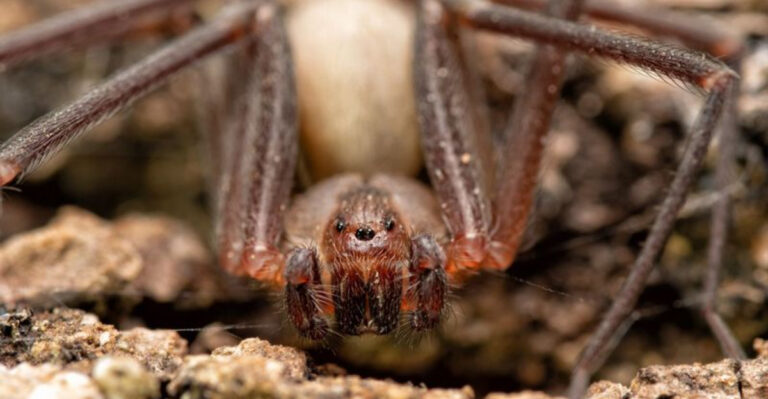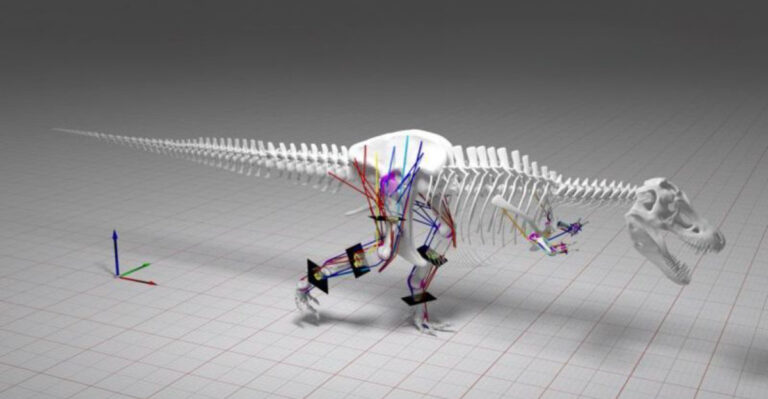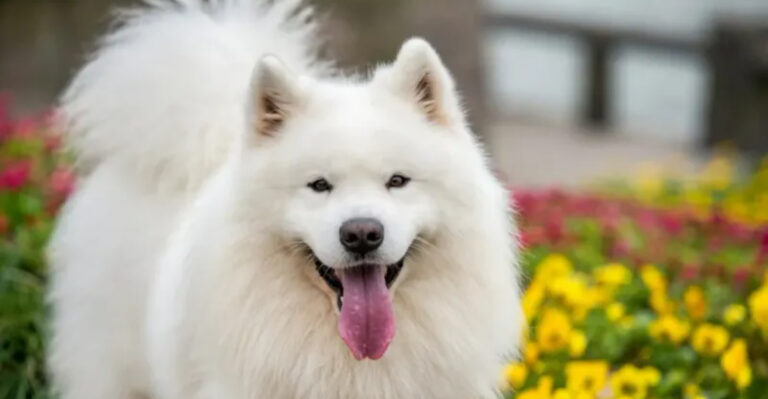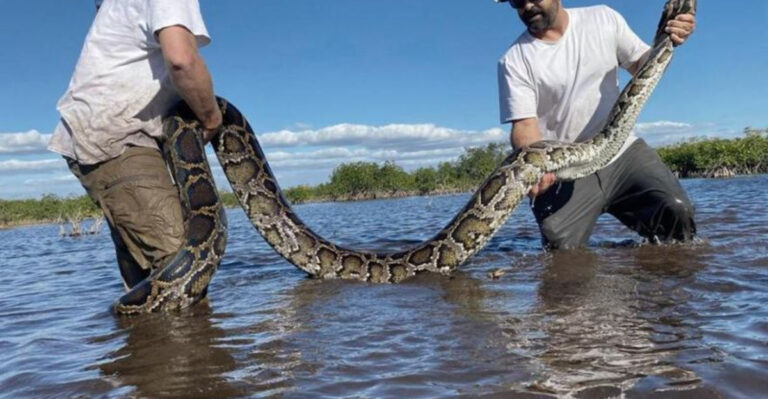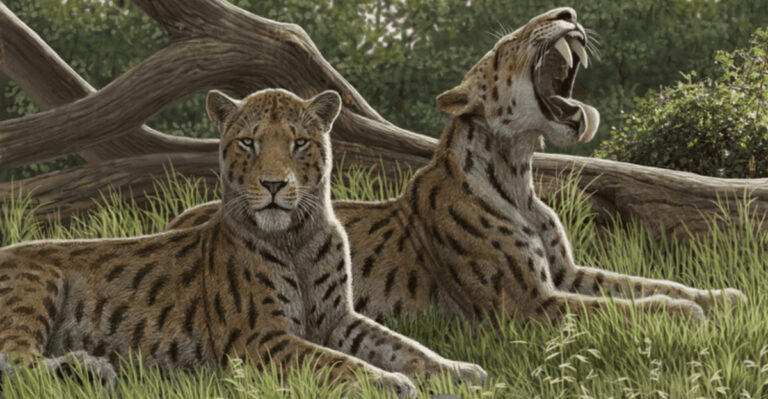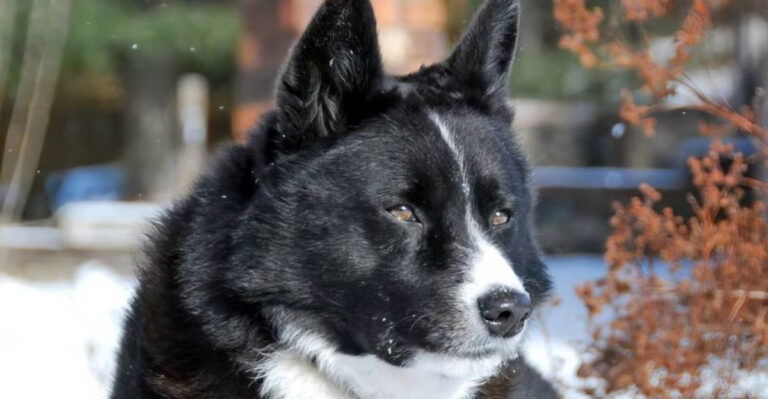The Journey Of Domestication: How Wolves Became Dogs
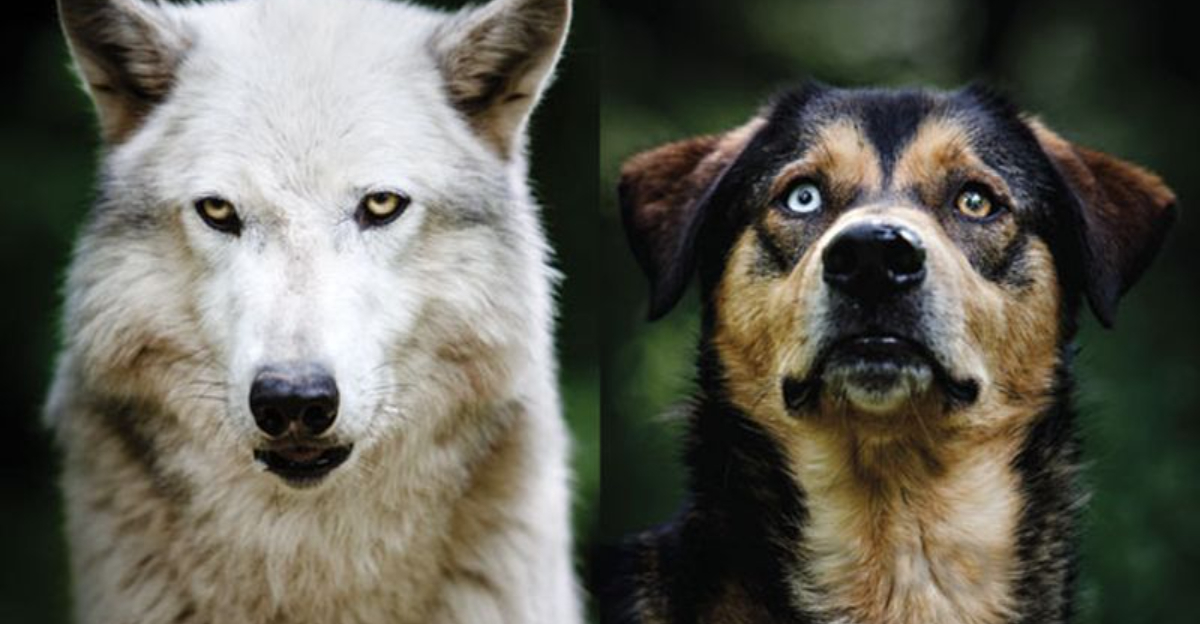
Have you ever looked into a dog’s eyes and wondered how on earth these lovable creatures came from wolves?
Grab a cup of coffee and let’s explore this fascinating journey of transformation. It’s a tale of survival, friendship, and evolution that has spanned thousands of years.
In this post, we’ll delve into 13 intriguing ways that wolves gradually became our loyal companions. From natural selection to human influence, each step is a piece of the puzzle that led to the cuddly canines we adore today.
1. Natural Selection
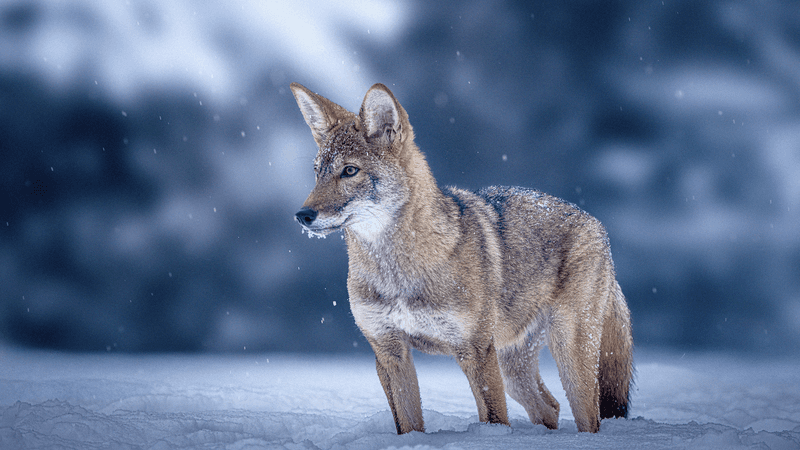
Natural selection played a crucial role in this epic transformation.
Wolves with traits that favored tameness and cooperation thrived alongside humans. Those more aggressive or less willing to adapt, well, they didn’t fare as well.
Over generations, these adaptive wolves began to evolve distinct characteristics, leading them down the path to domestication.
In a world where only the fittest survive, those who could coexist with humans began to shape a new destiny.
2. Socialization With Humans
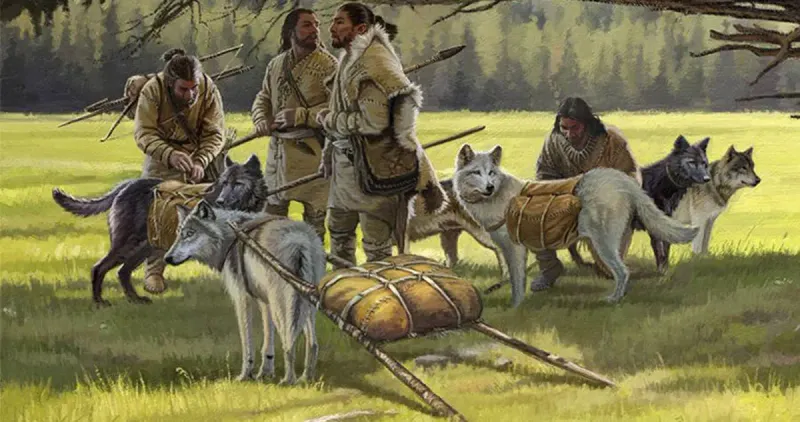
Socialization was the bridge that connected two different worlds. As wolves began to interact more with humans, bonds were formed.
This social connection broke the icy barrier between species, allowing wolves to slowly integrate into human life.
Over time, this increased interaction taught wolves to trust, paving the way for deeper relationships. These early social ties were fundamental in transforming wolves into the dogs we love today.
3. Mutual Benefits
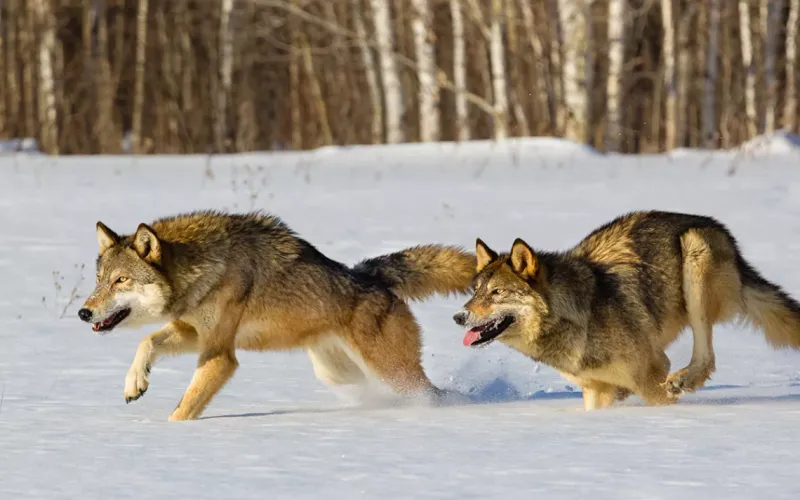
In the dawn of human civilization, survival was the name of the game. Wolves, with their keen senses and hunting skills, found a symbiotic relationship with humans.
Teaming up meant more successful hunts and shared rewards. Early humans gained an edge in hunting, while wolves received food without the risk. This mutually beneficial partnership was a win-win, fostering closer bonds.
Over time, such cooperation strengthened the ties, encouraging further domestication. This alliance of convenience laid the foundation for a loyal companionship.
4. Selective Breeding
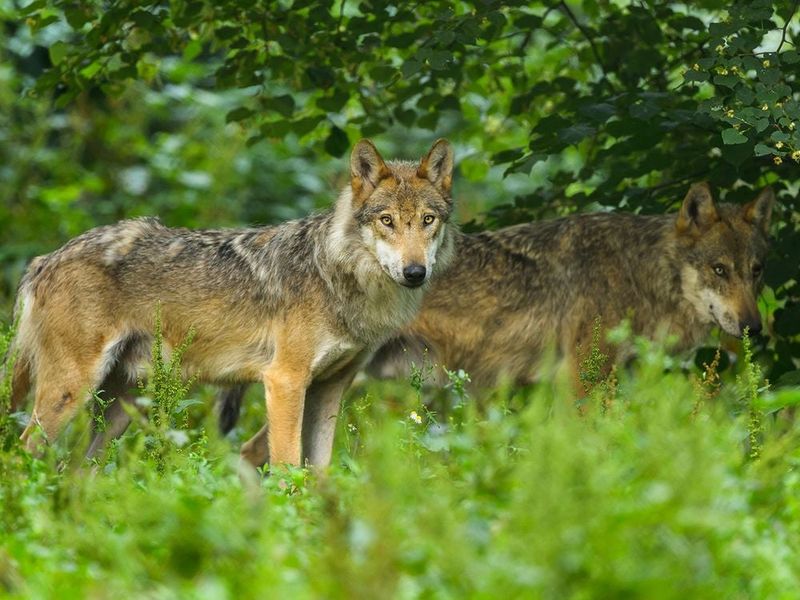
As humans began to understand the potential of different wolf traits, selective breeding emerged.
This intentional pairing guided the evolution of wolves into dogs with specific qualities. The patience of selective breeding meant that over generations, certain traits became prominent.
This methodical approach ensured that desirable characteristics, such as loyalty and gentleness, flourished, leading to the diverse dog breeds we see today.
5. Reduced Fear Of Humans
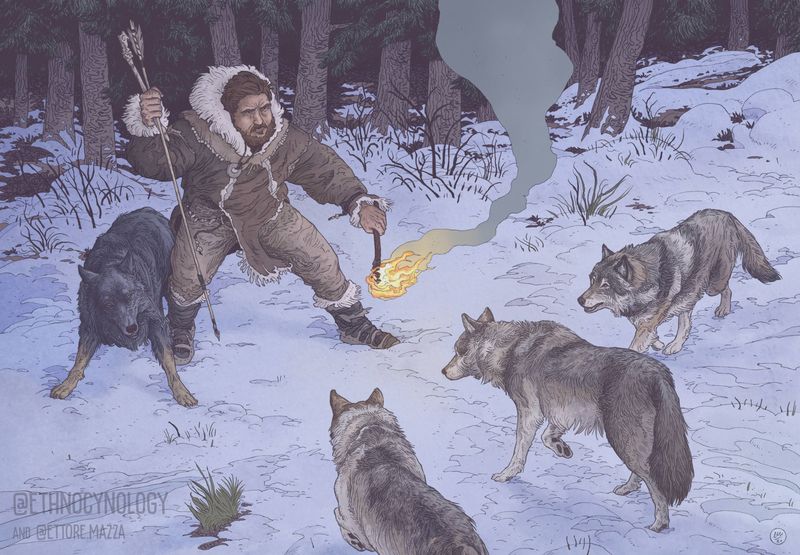
Once wary of humans, some wolves began to show less fear, driven by curiosity and the lure of food. This decreased fearfulness was pivotal in the domestication process.
As this curiosity overpowered fear, wolves became more accustomed and accepting of human presence. This pivotal shift opened the door for more regular interactions and deeper connections, leading to the bond we cherish with dogs today.
6. Cooperative Hunting
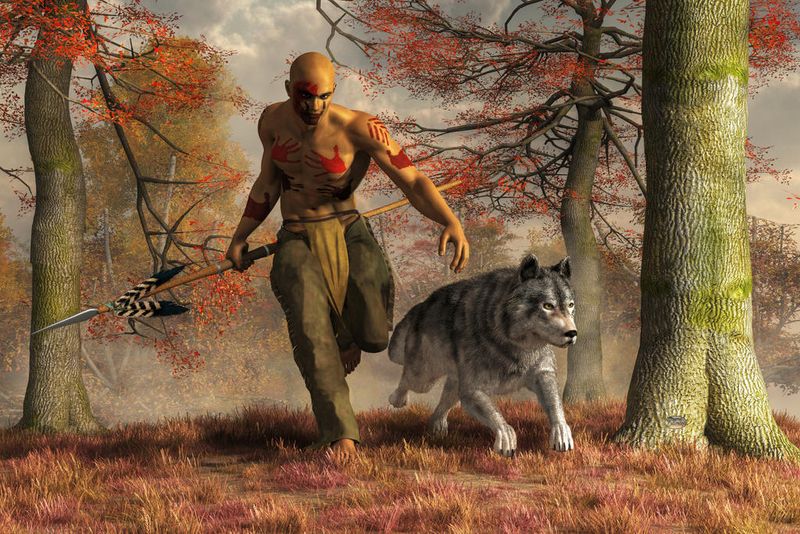
Cooperative hunting was a game changer! Wolves, known for their pack mentality, found an ally in humans. Teamwork became the norm, with humans and wolves strategizing hunts together.
This cooperation improved the success rate of hunts, ensuring survival for both parties.
Through these partnerships, wolves and humans learned to rely on each other, fostering a bond that eventually led to domesticated dogs.
7. Adapting To New Environments
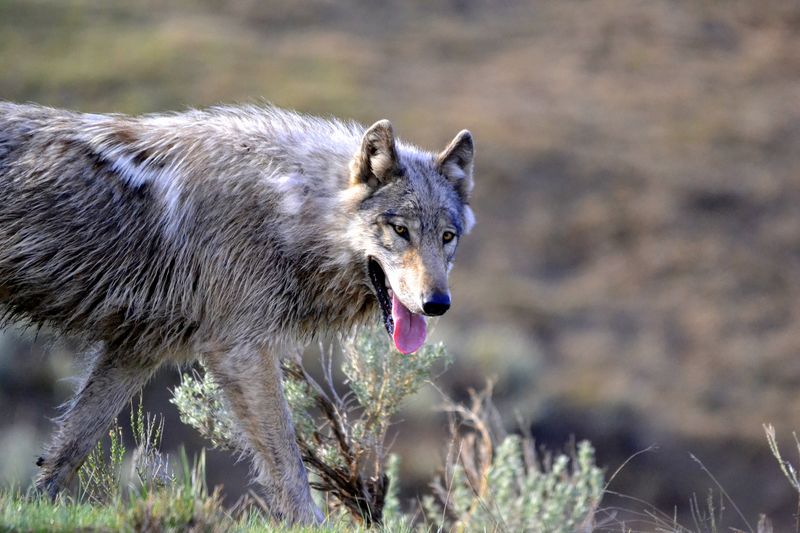
Wolves are nothing if not adaptable. Their ability to thrive in diverse environments was key to their domestication.
As wolves adapted to different climates and terrains, those who aligned with humans gained distinct advantages.
This adaptability not only solidified their survival but also cemented their place as potential companions to humans.
Adapting to new environments showed that wolves had the flexibility needed to evolve into domesticated animals.
8. Development Of Tame Behavior
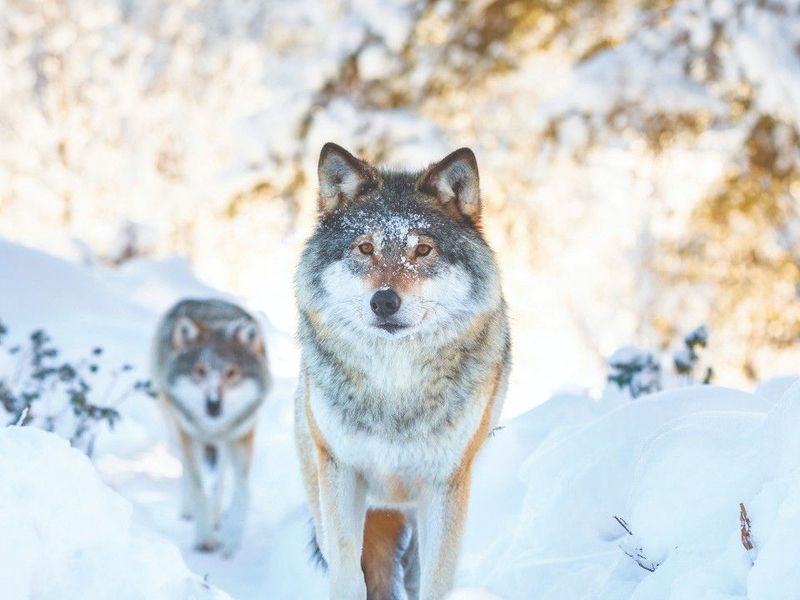
While wild instincts once ruled, some wolves began to exhibit tame behavior, a pivotal step toward domestication.
This evolution of behavior was influenced by interactions with humans and a growing comfort with their presence.
Over time, these tame wolves were more likely to coexist with humans, eventually evolving into the affectionate dogs we know.
9. Increased Social Structure
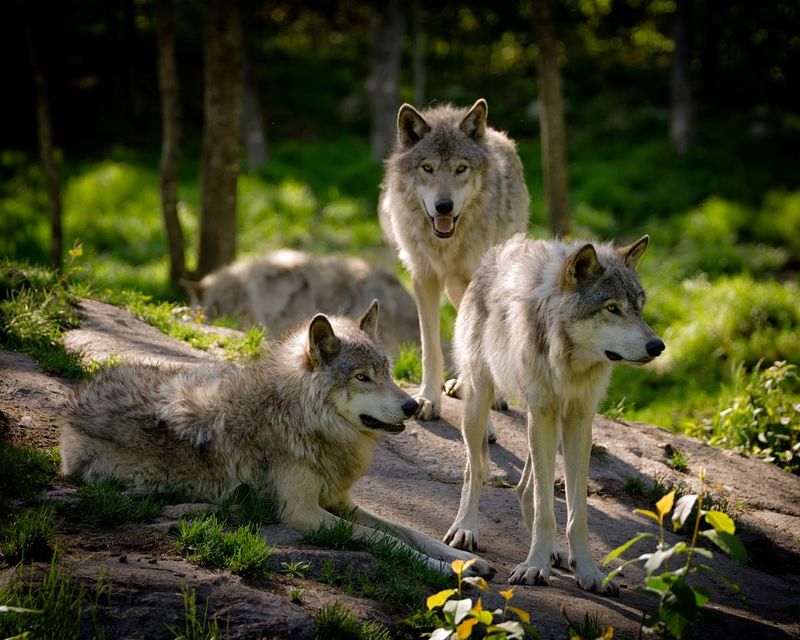
Ever wondered how wolves organize themselves? Their intricate social structure played a crucial role in domestication.
Within a wolf pack, roles are defined – leaders lead, followers follow, and everyone knows their place. This pack mentality translated well to living with humans.
As wolves began living closer to humans, their social dynamics adapted, mirroring human social structures.
This adaptability in social behavior allowed wolves to integrate smoothly into human societies, eventually contributing to their evolution into dogs, with loyalty and cooperation.
10. Evolution Of Non-Aggressive Traits
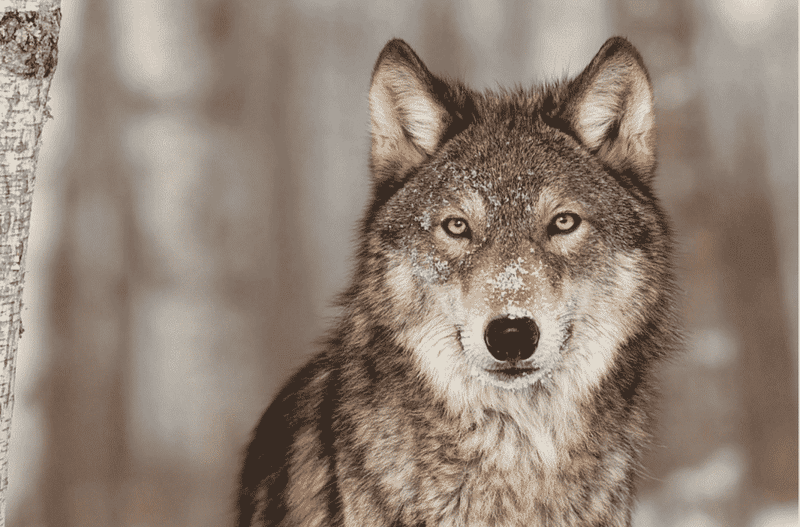
Aggression wasn’t always the answer. Over time, wolves evolved to display non-aggressive traits, essential for domestication.
This evolution made it easier for humans to trust and accept them into their lives.
As non-aggressive traits became more common, wolves became more suitable companions. This shift in behavior marked a significant step in transforming wild wolves into the friendly dogs we cherish today.
11. Habituation To Human Activities
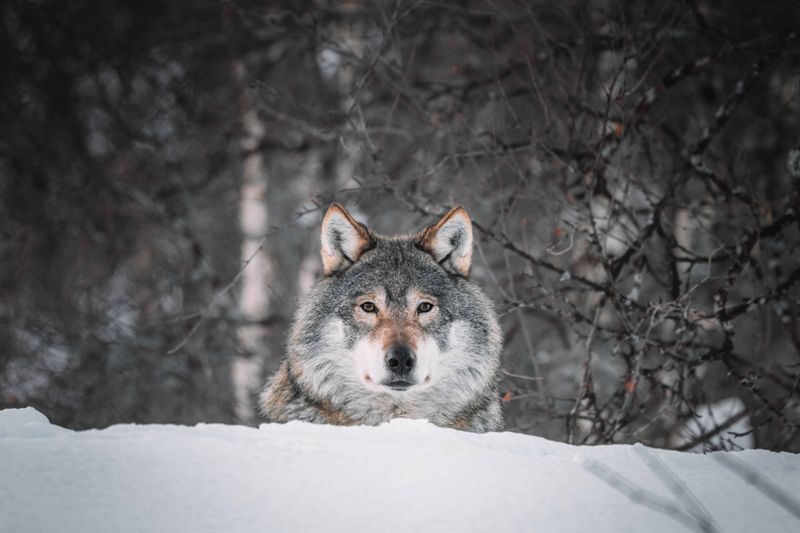
Curiosity led wolves to observe human activities, from farming to gathering. As they watched, they learned.
This habituation helped wolves understand human behavior, reducing the gap between wild and domestic life.
This gradual understanding paved the way for integration. By becoming familiar with human routines, wolves found a niche, eventually evolving into the domestic companions who thrive alongside us.
12. Environmental And Genetic Adaptation
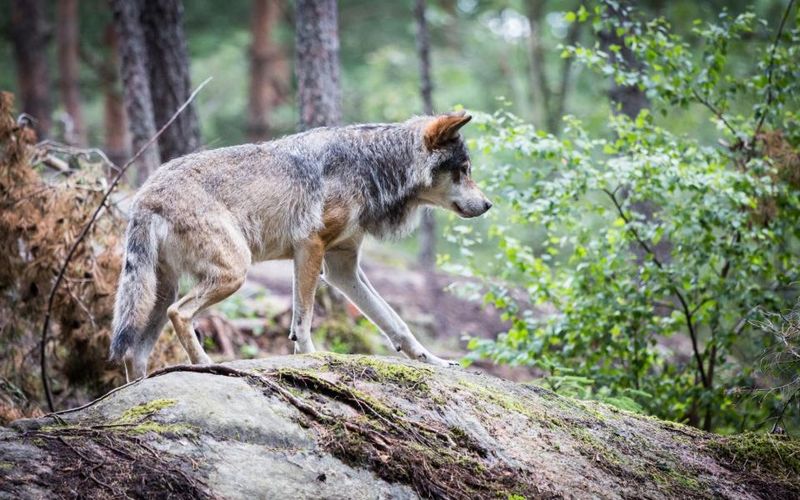
Environmental pressures shaped the genetic fabric of wolves. As they wandered through diverse landscapes, genetic adaptations occurred.
These adaptations made them resilient and versatile, qualities that appealed to humans.
Over generations, this genetic diversity allowed wolves to adapt to life with humans, facilitating their domestication into dogs.
Genetic adaptation was like nature’s brush, painting wolves into creatures fit for companionship.
13. Human Influence On Appearance
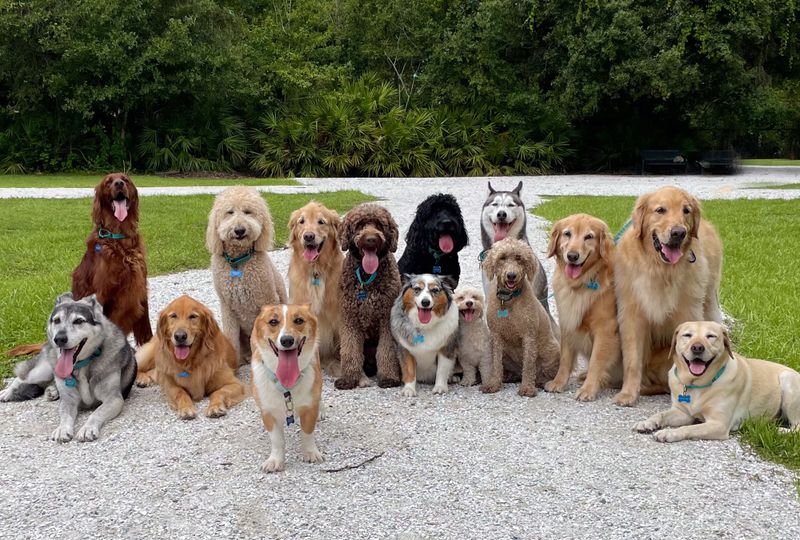
Humans have had a hand in shaping the appearance of our canine friends. This preference influenced the physical evolution of dogs, leading to the myriad of breeds we see today.
Through careful breeding, humans crafted the appearance of dogs, complementing their roles as companions, hunters, or guardians.
This influence on appearance not only highlighted human creativity but also reinforced the bond between humans and dogs, shaping their shared history.

